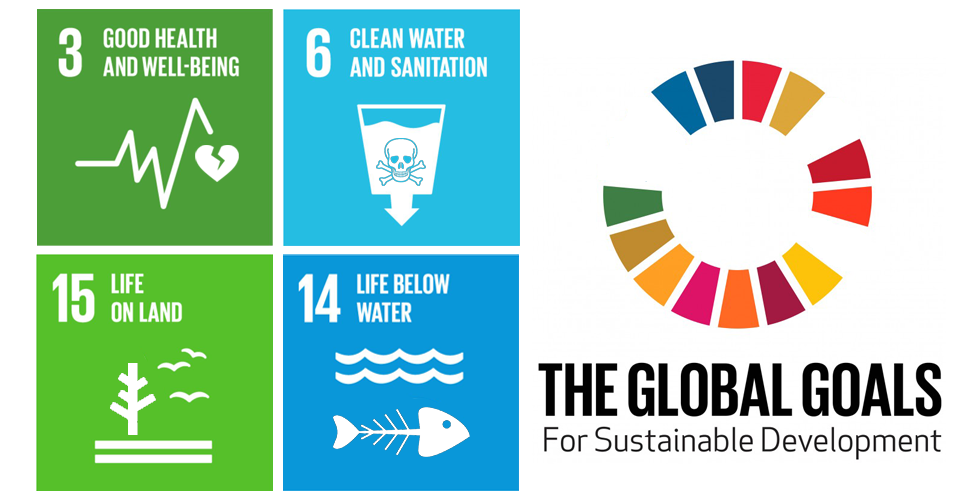By Asmau Ahmad
Two United Nation entities warned that countries were on track to miss the Sustainable Development Goals (SDGs) relating to environmental protection in spite of the progress made in the area.
United Nations Environment Programme (UNEP) and Convention on Biological Diversity gave the warning in a new report on Saturday to commemorate the International Day for Biological Diversity (IDB).
IDB is globally celebrated on May 22 to increase understanding and awareness of biodiversity issues.
The report produced by Convention on Biological Diversity in collaboration with UNEP highlighted the dangers in not meeting the SDGs relating to environmental protection.
The UN entities said in spite of progress made in areas such as clean water, sanitation, clean energy and forest management, the world was still living unsustainably.
It added that biodiversity loss and climate change had continued to deteriorate.
Executive Secretary of the Convention on Biological Diversity, Elizabeth Maruma Mrema, said the world had still not embraced the rate of change necessary to come in line with the 2030 Agenda.
“The report makes it clear that we are falling short, and, in some cases, actually receding. The world cannot sustain our rate of use and abuse forever, and it is imperative that we accept the changes in lifestyles and livelihoods necessary to achieve the 2030 goals,” Mrema said.
The SDGS are at the heart of the 2030 Agenda for Sustainable Development, which outlines internationally agreed targets in areas such as poverty, hunger, health, climate action, clean energy and responsible consumption.
The Measuring Progress report reviews data and information about the environmental aspects of each of the 17 goals, and how countries are making headway based on assessment through respective SDG indicators.
The authors found there has been an increase in downward trends among more indicators when compared with the previous progress report published in 2019.
As the SDGs are interlinked, achieving one goal or target could contribute to realising other goals or targets, while the pursuit of one objective may conflict with the achievement of another.
Researchers tested the relationship between the SDG indicators, using an analytical approach driven by data.
Among the links they found was that Domestic Material Consumption related to biomass extraction is “negatively correlated” with species at risk of extinction.
On the other hand, increasing protected areas and other measures to safeguard biodiversity have not led to reductions in the number of species at risk of disappearing, meaning a decade-long global strategy to conserve biodiversity by 2020 has been missed.
The report calls for improved data, and indicators, to understand how to ensure development progresses in a practical way. Gaps were identified in the diversity and use of environmental data and statistics to inform government policies, particularly “big environmental data” produced through technologies such as remote sensing and artificial intelligence.
Furthermore, many existing data products, statistics and indicators appear to be under-utilised while governments also have failed to put emphasis on that data in policy formation or decision- making.
Director of the Science Division at UNEP, Jian Liu, said comprehension of the environmental dimension of the SDGs was lagging.
“Our limited capacities to collect; disseminate and effectively use environmental data have hindered our holistic understanding of the environment.
“The effect of socio-economic factors –we hope this report will support countries as they strengthen action on the environmental dimensions with a view to meeting the 2030 Agenda,” Liu said




